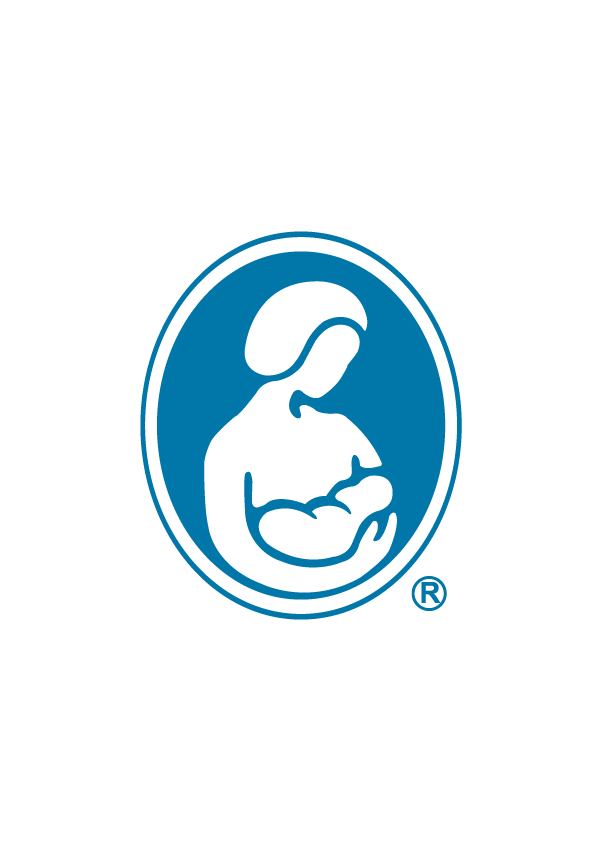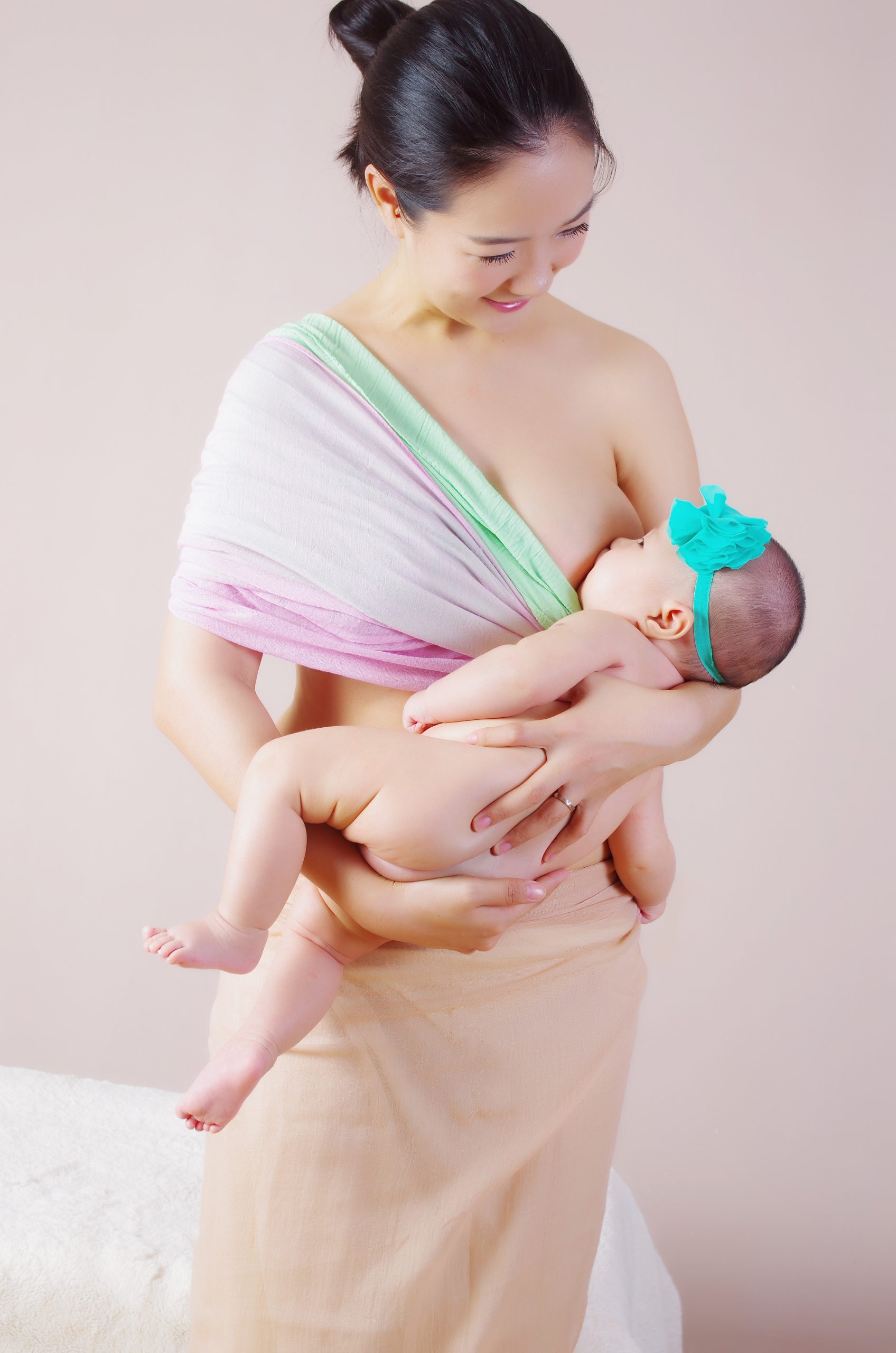Where Does Donor Milk Banking Fit in Public Health Policy?
Lois W. Arnold, MPH, IBCLC
from BREASTFEEDING ABSTRACTS, February 2002, Volume 21, Number 3, pp. 19-20.
作者:罗伊斯· W· 阿诺德,公共卫生硕士,国际认证专业哺乳顾问
摘自《母乳喂养摘要》,2002年2月第21期,19~20页
Daisy, Christina 译 Shiuh-jane 审校
In 1980 the World Health Organization and UNICEF issued the following joint statement:
Where it is not possible for the biological mother to breastfeed, the first alternative, if available, should be the use of human breast milk from other sources. Human milk banks should be made available in appropriate situations1 [Italics added by author].
1980年世界卫生组织和联合国儿童基金会联合发表声明:
在母亲不能亲自哺乳的情况下,如有可能,第一选择是使用其它来源的母乳。在适当情况下应该建立母乳库。1
Even after the publication of reports that HIV could be transmitted through human milk, WHO and UNICEF continued to make positive statements about donor milk banking:
即使有公开报告显示,HIV可能会通过母乳传染,但世界卫生组织和联合国儿童基金会还是继续做出了倡议母乳库的积极声明:
When a baby is to be artificially fed, the choice of feeding method and product should not be influenced by commercial pressures. If donor milk is to be used, it must first be pasteurized, and where possible, donors should be screened for HIV.2
当婴儿要采取人工喂养时,喂养方式和产品的选择不应受商业压力的影响。如果要使用捐赠的母乳,必须经过巴氏消毒,条件允许的话,捐赠者应做HIV检测。2
Donor milk banking also plays a role in another WHO/UNICEF initiative, The Baby-Friendly Hospital Initiative. Donor milk banking can be applied to six of the Ten Steps to Successful Breastfeeding. Written breastfeeding policies in the hospital should list donor milk as an alternative feeding (Step 1) and all staff in the hospital should be trained to implement the policies relating to the use of donor milk (Step 2). All pregnant women should be informed of the benefits of human milk and how important it is for infants to have human milk as first feedings, using donor milk if no maternal milk is available (Step 3). All mothers should be shown how to express their milk (Step 5), and hospital staff should provide no food or drink other than human milk, with donor milk being used in preference to formula when supplementation is needed (Step 6). This means that the Baby-Friendly Hospital should have a supply of donor milk on hand, making it as easy to pull off the shelf as formula. Step 10 deals with community support of mothers. Part of community support should be knowing where donor milk banking resources are and helping mothers to access them, either to become donors or as the mother of a potential recipient.3
母乳库也是世界卫生组织和联合国儿童基金会的爱婴医院行动计划中的一项重要内容。在成功母乳喂养的十个步骤中,母乳库就适用了其中的六项。医院的成文的母乳喂养政策应将捐赠的母乳作为可选的喂养方式的一种(步骤1)。所有的医院工作人员都要经过培训来贯彻执行这项涉及到使用捐赠母乳的政策(步骤2)。所有的孕妇都应被告知母乳的益处,以及把婴儿吃母乳作为首选的喂养方式的重要性,如果没有母亲的母乳,要有捐赠的母乳可以用(步骤3)。应向所有的母亲演示如何挤奶(步骤5)。所有的医护人员不得提供除母乳以外的任何食物或饮品,如果必须要添加补充食物,要优先使用捐赠的母乳,其次才是配方奶(步骤6)。所有这些意味着爱婴医院应该有捐赠母乳的储存,就像拿出配方奶那样随手可得。步骤10是要有针对母乳妈妈的社区支持。社区支持的内容包括要了解何处有母乳捐赠的来源,并帮助母亲们获得这些资源,这样她们或是成为母乳的捐赠者或是成为接受者。3
There are also policy documents in place within the US which could support donor milk banking services. While donor milk banking is not specifically mentioned, it is an integral part of the policies relating to the importance of breastfeeding and human milk. For example, the Healthy People 2010 Goals for the Nation place an emphasis on prevention of morbidity through an increase in breastfeeding rates.4When used clinically, donor milk has comparable potential for preventing and reducing morbidity and mortality.
美国也有相关的政策支持母乳库的服务。虽然母乳库没有特别被提到,它却是母乳喂养和人乳重要性政策的不可分割的一部分。比如,2010国民健康计划着重提出通过提高母乳喂养率来预防疾病。4临床上使用时,捐赠的母乳有巨大的潜能来阻止和降低婴儿发病率和死亡率。
The last policy statement from the American Academy of Pediatrics to deal exclusively with donor milk was in 1980, pre-HIV.5 While this statement has not been updated, other more recent references to donor milk banking in AAP publications such as the Pediatric Nutrition Handbook, Guidelines for Perinatal Care, and the Red Book on Infectious Disease have become replacement policy statements.6, 7, 8 They specify that anyone using donor milk should follow the voluntary guidelines established by the Human Milk Banking Association of North America.
美国儿科学会(AAP)专门针对母乳库的一项政策声明最后发表于1980年,在HIV被确诊前。5尽管这项声明没有再更新过,但其它较新的美国儿科学会刊物中关于母乳库的文献,如《儿科营养手册》、《周产期护理指南》,以及《传染性疾病红皮书》已成为替代的政策声明。6, 7, 8这些出版物都指出,任何使用捐赠母乳的人都应遵守北美母乳库联盟的自愿准则。
Perhaps the most powerful AAP policy statement which addresses donor milk usage indirectly is the 1997 breastfeeding statement.9
也许美国儿科学会的政策声明中最有力地间接阐明捐赠母乳使用的是1997年的母乳喂养声明。9
Human milk is uniquely superior for infant feeding and is species specific; all substitute feeding options differ markedly from it.
人乳是独特的,是婴儿喂养的最佳方式。它对人类物种来说是独有的。所有的替代喂养方式都与此有着显著的区别。
“Human milk is the preferred feeding for all infants, including premature and sick newborns, with rare exceptions. When direct breastfeeding is not possible, expressed human milk, fortified when necessary for the premature infant, should be provided.
“人乳是所有婴儿的优先喂养选择,包括早产儿和生病的新生儿,很少有例外。如果直接的母乳喂养不可能,挤出的母乳(早产儿必要时母乳需经强化),应该提供给早产儿。
Donor milk is one way to obtain expressed milk and remains species specific despite some immunological losses during processing.”
捐赠的母乳是获得挤出的母乳的一种途径,而且能保持物种独特性,尽管在这个过程中会有一些免疫物质的损失。”
The most recent policy statement into which donor milk is easily incorporated is the Strategic Plan from the US Breastfeeding Committee.10 The first goal in the Strategic Plan is to “assure access to comprehensive, current, and culturally appropriate lactation care and services for all women, children, and families.” Donor milk banks are a lactation service, providing human milk when a mother has been unable to supply her own. Most milk banks in the US also provide lactation support in the form of counseling to donors and others in communities far and wide. Strategies for implementing the first goal of the Strategic Plan include education of health care providers as well as reimbursement by third parties of lactation services. This means that milk banks themselves must take a lead role in the collection of data and the education of health care providers and insurers, as MacPherson and Talbot stated in 1939:
最近将捐赠母乳毫无疑问地编入政策声明的是美国母乳喂养委员会所制定的战略计划。10战略计划的首要目的是“确保所有妇女、儿童和家庭都能得到全面的、最新的、文化上适宜的哺乳护理和服务。”母乳库是一种哺乳服务,当一位母亲无法自我提供母乳时,它可以提供。美国大部分的母乳库也以为社区的捐赠者及他人提供广泛的咨询服务的形式来提供哺乳支持。执行这个战略计划首要目标的策略包括对医疗保健人员进行教育以及从第三方(如保险公司)得到获取母乳的补偿费用。这就意味着母乳库自身必须承担数据收集、教育医疗保健人员和保险公司的角色,正如1939年麦克弗森和塔尔博特所说的:
“The milk bank also has the opportunity to educate physicians and medical students and nurses, by means of lectures and personal interviews. This should be one of its duties whenever the opportunity arises because of the tendency today to overemphasize the ease of feeding with cow’s milk mixtures.”11
“母乳库也有机会通过演讲和个人访谈来教育医生、医学院学生和护士。只要有机会,这应该是它的职责之一,因为今日的流行趋势是过于强调配方奶喂养的简便性。” 11
With so many places for donor milk to fit in the public health policy picture, why are we making so little progress in the US with donor milk banking? Why does Brazil, for example, have a milk banking system that is rapidly growing while in the US milk banking is rapidly losing ground? Politics, lack of funding, and lack of direction from agencies within the federal government combine to make milk banking very difficult in the US. More money needs to be put into breastfeeding and milk banking from all sectors of healthcare funding. Milk banks in the US also need to be federally regulated so that they can gain the trust and confidence of the healthcare community. Federal agencies such as the Centers for Disease Control (CDC), the Department of Agriculture (USDA), and the Food and Drug Administration (FDA) need to decide on jurisdictional issues and develop a cohesive plan of action relating to donor milk banking. Milk banks also need to collect better data and publish studies on clinical uses of donor milk in order to demonstrate need for the service and cost-effectiveness. Only then will we turn the tide and start growing milk banking again in the US.
有这么多的地方需要捐赠母乳来配合制定公共卫生政策,为什么美国母乳库建设的步伐还这么小?比方说,为什么在巴西,母乳库体系快速成长而美国的却在快速萎缩?需要有各方的更多的公共卫生资金投入到母乳喂养和母乳库的建设上。政治、资金的匮乏以及联邦政府专门机构指导的不足一起使美国的母乳库处境越来越难。联邦政府机构,如疾病控制中心(CDC)、农业部(USDA)和食品及药物管理局(FDA)等,应确定母乳库涉及的司法问题,并制定各部门协调一致的行动计划。母乳库也要收集更多的数据,对捐赠母乳的临床应用发表研究,以证明服务的需要和成本效益。只有那时我们才能扭转形势,让美国的母乳库重新成长。
Lois D. W. Arnold is the former Executive Director of the Human Milk Banking Association of North America and is the President of the National Commission on Donor Milk Banking. She is an administrative consultant to Baby-Friendly USA and is a co-author of the recently published Reclaiming Breastfeeding for the United States.
罗伊斯· W ·阿诺德女士是北美母乳库联盟的前任执行理事,也是国家母乳库委员会主席。她是美国爱婴医院的常务顾问,是最近出版的《让美国重新回到母乳喂养》一书的合著者。
REFERENCES
- World Health Organization/United Nations Children‘‘s Fund. Meeting on infant and young child feeding. J Nurs Midw 1980; 25:31-38.
- World Health Organization/United Nations Children‘‘s Fund. Consensus statement from the WHO/UNICEF consultation on HIV transmission and breastfeeding. April 30-May 1, 1992, Geneva.
- World Health Organization/United Nations Children‘‘s Fund. Protecting, promoting, and supporting breastfeeding: The special role of maternity services. A Joint WHO/UNICEF Statement. Geneva: WHO, 1989.
- Healthy People 2010 Goals. Available from the Centers for Disease Control and Prevention at www.cdc.gov or Health Resources and Services Administration at www.hrsa.gov
- American Academy of Pediatrics Committee on Nutrition. Human milk banking. Pediatrics 1980; 65:854-57.
- American Academy of Pediatrics Committee on Nutrition. Pediatric Nutrition Handbook, 4th ed. Elk Grove Village, IL: AAP, 1998, pp. 15-16.
- American Academy of Pediatrics Committee on Fetus and the Newborn and American College of Obstetrics and Gynecology Committee on Obstetric Practice. Guidelines for Perinatal Care, 4th ed. Elk Grove Village, IL: AAP, 1997, pp. 288-90.
- American Academy of Pediatrics Committee on Infectious Diseases. 1997 Red Book, 24th ed. Elk Grove Village, IL: AAP, 1997, pp. 76-77.
- American Academy of Pediatrics Work Group on Breastfeeding. Breastfeeding and the use of human milk. Pediatrics 1997; 100(6):1035-39.
- United States Breastfeeding Committee. Breastfeeding in the United States: A National Agenda. Rockville, MD: MCH Bureau, Health Resource and Services Administration, DHHS, 2001.
- MacPherson, C. and F. Talbot. Standards for directories for mother’s milk. J Pediatr 1939; 15:461-68.

